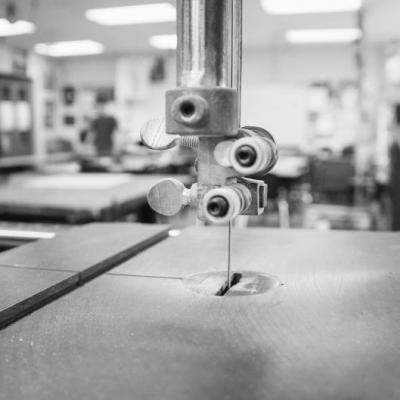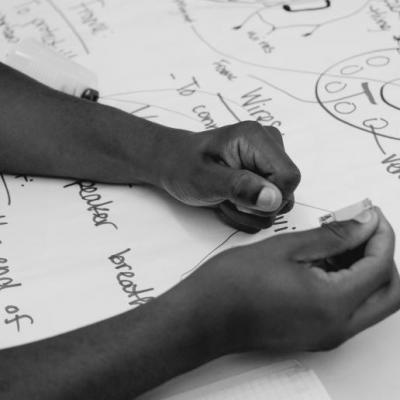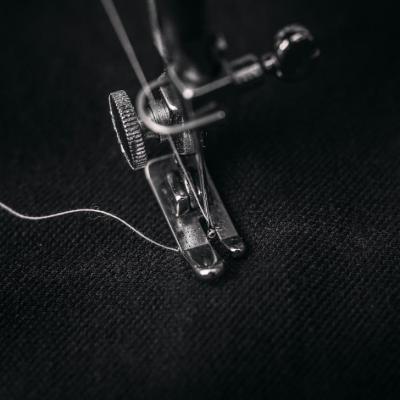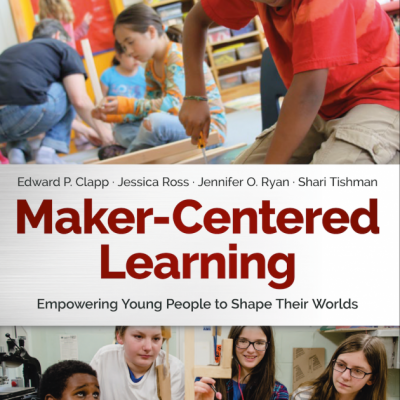The practice of mapping allows learners to build and demonstrate their understanding of the parts, people, and interactions that comprise a given system.

The practice of mapping allows learners to build and demonstrate their understanding of the parts, people, and interactions that comprise a given system.


Just as the broader Agency by Design framework for maker-centered learning encourages people to be active creators of the designed world, the Hacker Helper Tool invites educators to view the breadth of educator resources associated with the Agency by Design framework as malleable. This tool provides prompts to support educators as they “hack” existing Agency by Design tools, practices, and thinking routines to work better for their learners.

A resource for educators to explore the ways you can use the Agency by Design Framework and Making Moves/Indicators.

This tool is connected to the Agency by Design Making Moves. The Making Moves identifies three maker capacities that support a sensitivity to design, along with their associated learning moves. Here you’ll find three observation sheets, one for each of the maker capacities: Looking Closely, Exploring Complexity, and Finding Opportunity.

This tool guides young learners to look closely at a system and explore its complexity by directly experiencing the system and reflecting on that experience. This is particularly helpful when working with very young students who may struggle to conceptualize a complex system without direct experience. In addition, this tool provides suggestions for making student thinking visible by encouraging students to share their ideas and learn from each other.

Essa rotina encoraja os estudantes a considerarem as diversas perspectivas de quem interage em um sistema particular. O objetivo dessa rotina é ajudar os estudantes a entender no que as diversas pessoas que participam de um sistema pensam, o que sentem e com o que se importam de uma forma particular em função de sua posição no sistema.
This routine encourages learners to slow down and look closely at a system. It helps them notice that there are different people who participate in the system and that they participate in different ways. It also encourages students to explore how one change in a system can impact the rest of the system. This thinking routine can help foster curiosity as children notice details, ask questions, make connections, and identify topics for future inquiry. It also helps children practice systems thinking.

The Agency by Design guide to implementing maker-centered teaching and learning
Maker-Centered Learning provides both a theoretical framework and practical resources for the educators, curriculum developers, librarians, administrators, and parents navigating this burgeoning field. Written by the expert team from the Agency by Design initiative at Harvard's Project Zero, this book
A surge of voices from government, industry, and education have argued that, in order to equip the next generation for life and work in the decades ahead, it is vital to support maker-centered learning in various educational environments. Maker-Centered Learning provides insight into what that means, and offers tools and knowledge that can be applied anywhere that learning takes place.

Essa rotina de pensamento ajuda os estudantes a desacelerar e a fazer observações detalhadas e cuidadosas, incentivando-os a olhar além das características óbvias de um objeto ou de um sistema.